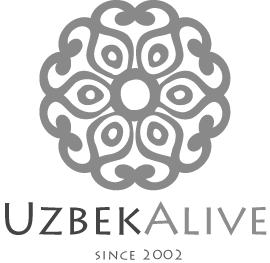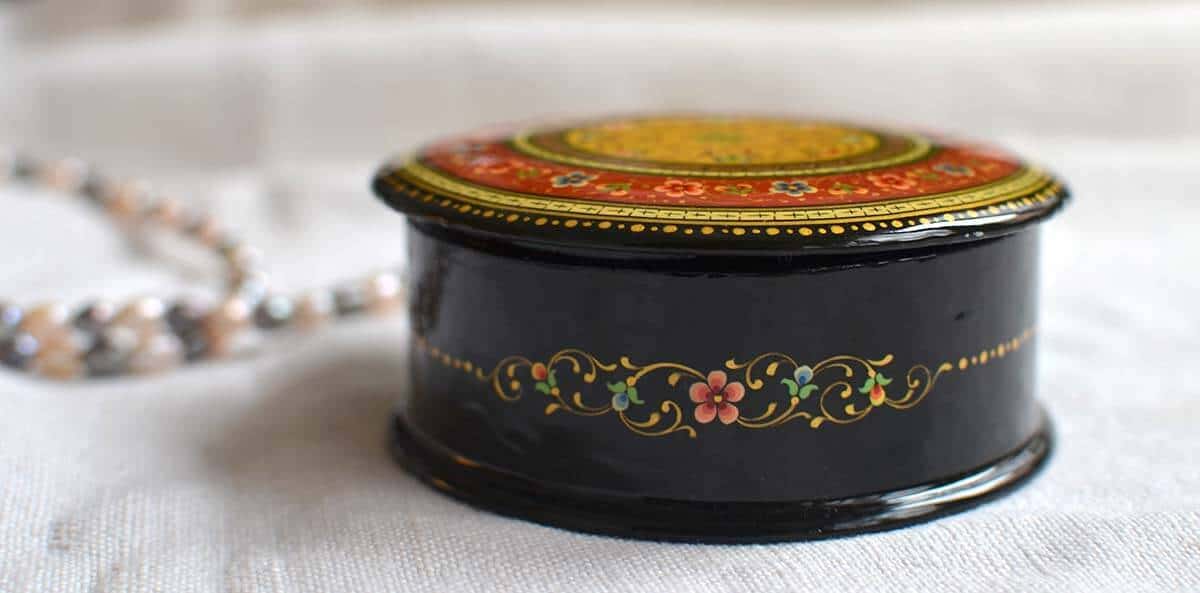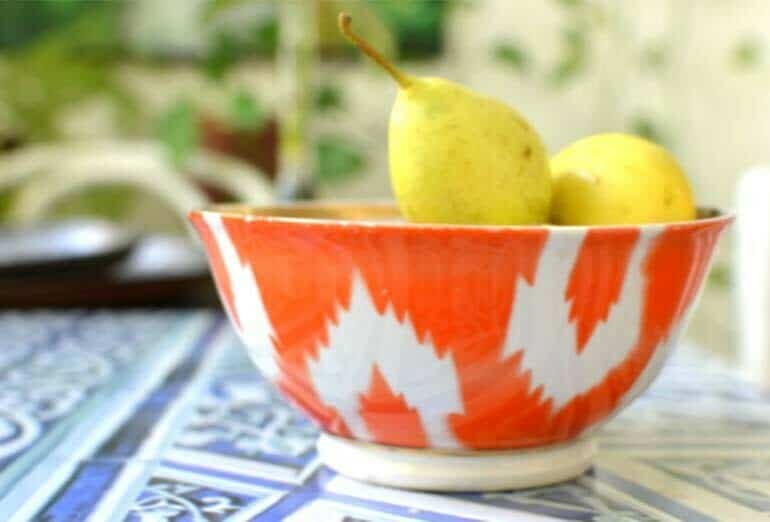The Timeless Beauty of Uzbek Hand-Painted Lacquer Jewelry Boxes
In Uzbekistan, as in much of the world, the rhythm of life has transformed over the past decade. This shift, while bringing innovation, poses a poignant challenge: the preservation of handmade art. Fewer young artisans have the patience or dedication to devote decades to mastering their craft. Mass production offers an easier, faster path—but at the cost of the soul and intricacy that true craftsmanship demands.
Jewelry Boxes from The Crossroads of Civilizations
Uzbekistan lies at the heart of the ancient Silk Road, a crossroads of East and West that once served as the “Google” of the world. For centuries, merchants, travelers, and dreamers traversed its bustling trade routes, exchanging not just goods but knowledge, ideas, and artistry. Here, the threads of Chinese and Byzantine cultures wove together with the teachings of dervishes, the verses of poets, and the innovations of scientists. This vibrant mingling of civilizations lives on in the artistry of these lacquer jewelry boxes. They carry the energy of distant lands and timeless traditions—a stunning blend of East and West, embodying the spirit of exploration, inspiration, and wonder.
5 Best Fall Decorations to Help You Welcome Autumn to Your Home
With summer coming to an end, it’s time to transition your home decor, both inside and outside, to ikat fall home decor. The leaves are changing; the air is crisp, and pumpkin spice is everywhere. That means it falls y’all! This is the time of year when so many of us crave a flip of the switch. It is the best time to bring colorful fall decor into your home. But how exactly should you go about making your home the cozy fall haven you crave? Here are 5 beautiful treasures and decoration products for fall from Uzbekistan brant UzbekAlive that give your rooms a cozy feel.
Retro Ikat fabric from Soviet Uzbekistan
I love photography, especially black and white photography, especially black and white photography with stories. This post is about Uzbek Soviet ikat dresses made of ikat fabrics in images of 20th century.
Soviet era and Industrial Age
The Soviet Union, a newborn country in the early 20th century which united 12 relatively poor republics (lated added 3 baltic states), did not have time and resources for luxuries. The goal was to provide basic standards of living to everyone - a very noble goal, I must say, given that most people had very low standards of living. Hence, luxury fabrics like hand woven Ikats became a sign of bourgeoise and ikat making traditions became significantly simplified.
Ikat fabric for upholstery: 3 examples of pairing antique chairs with ikat fabrics
Ikat fabrics are widely used for upholstery. They are “go to” fabric when it comes to creating Boho Interiors with subtle and not so subtle ethnic touches. Using ikat fabrics also creates amazing results when ikats pair with antique and




